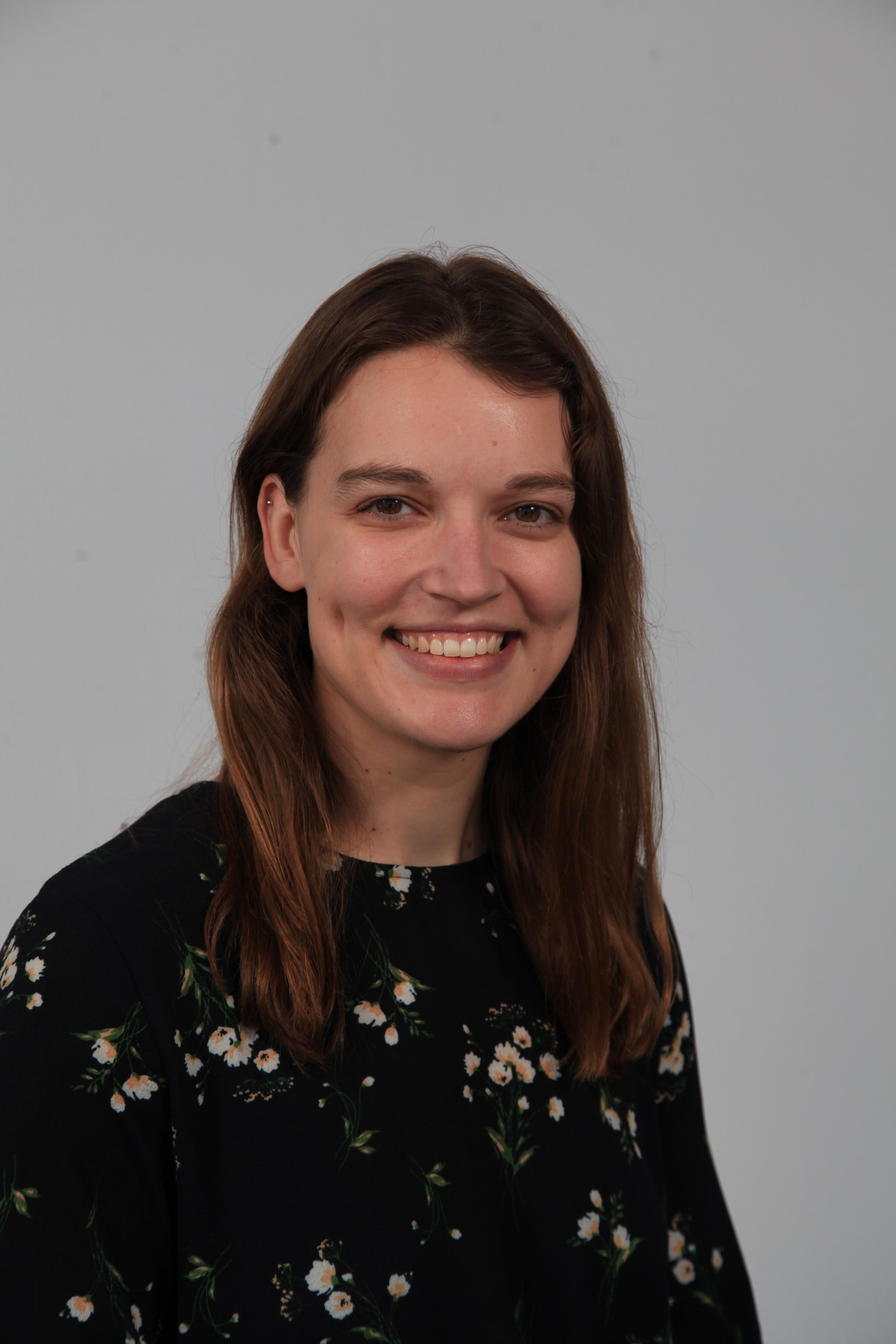
It is no secret that traditional classroom instruction often falls short of the mark in math education, but figuring out how and what to change can be a daunting task for educators. Blended learning is often advocated as the obvious solution, and while it has the potential to bring many positive changes, the key to the success of any new program is implementation.
Simply introducing education technology or computer time is not enough. Classroom instruction and technology are often treated as two separate entities. Many "blended learning" models simply switch back and forth without allowing students to make significant connections. For blended learning to facilitate student engagement and deeper learning, innovative technology and practices have to complement traditional classroom instruction and vice versa. Think finely chopped salad, rather than individual ingredients on a plate.
Educators in Ohio are going above and beyond integrating technology in their classrooms, and seeing their students grow as a result. In this presentation, Brian Seymour, Director of Instructional Technology at Pickerington School District, and Brian Coffey, Principal of Herbert Mills STEM Elementary School, share their implementation practices and results.
Pickerington and Herbert Mills experience these benefits of blended learning on a daily basis:
Watch the full presentation below:
Length: 27:15
Presented at the Deeper Learning Symposium: Empowering Your Math Superheroes.
Here are some related resources to share with your colleagues or to use for staff development:
See all the resources from the Deeper Learning Symposium.

Ieva Galinyte is an associate product manager at MIND Research Institute. She enjoys writing about and keeping up with the latest trends in math education.
Comment